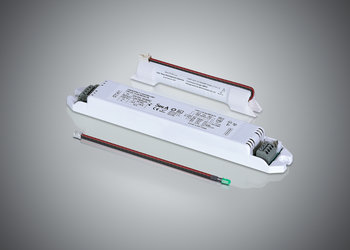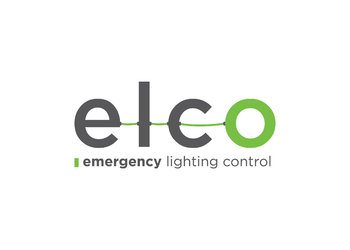EMERGENCY LIGHTING SYSTEMS AND INSTALLATION
Emergency lighting systems provide the necessary level of illumination by automatically switching on in case of a mains malfunction or power outage without the need for a generator. There are two main subtypes of such systems.
• Self-contained systems
• Central battery systems
Central battery systems are not suitable for emergency lighting in level one and level two earthquake risk areas and therefore are not permitted to be used as such. Emergency lighting in these areas must be provided by self-contained emergency lighting luminaires.
Emergency Lighting;
-Emergency Escape Lighting (Escape Route Lighting, Open Area Lighting, High-Risk Task Area Lighting)
-Backup Lighting



